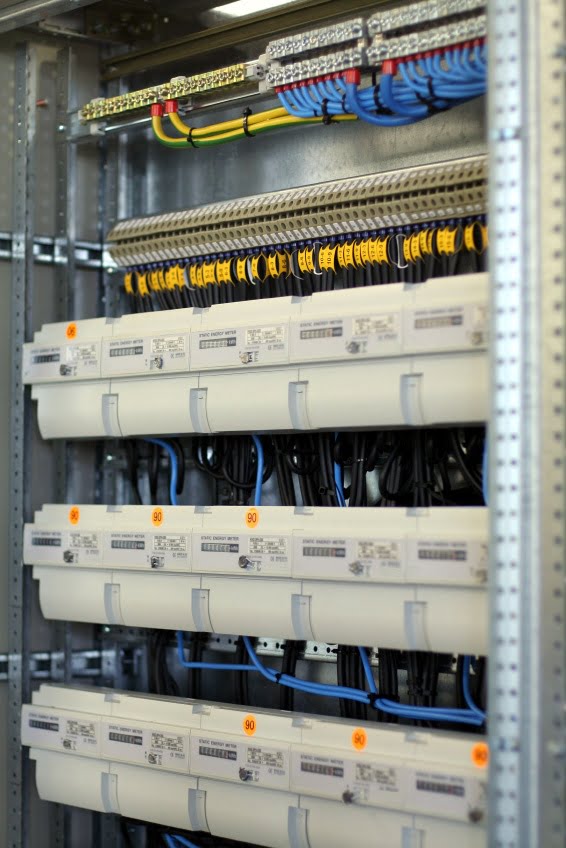4 Common Problems with Enclosure Cooling Design

Electrical enclosure cooling design is a task that is often neglected until it’s apparent that there’s a problem with the electrical enclosure overheating. At this stage it’s difficult to engineer an effective solution without causing disruption and involving considerable expense. It’s far better to consider enclosure cooling requirements during the initial electrical enclosure design stages. Here are four common problems with enclosure cooling design that arise from not planning during the early stages.
-
Cooling Is an Afterthought
This is extremely common and often occurs when the electrical enclosure building work is being done in-house by the maintenance team. Little thought is given to enclosure cooling, and it’s often only during the testing and installation stage that the excessive heat becomes apparent, and then it’s necessary to find a cooling solution quickly. A contributing factor is that inexperienced panel builders often assume that natural ventilation is sufficient and don’t appreciate the cumulative heating effect of the equipment inside the enclosure. Enclosure cooling requirements should always be considered during the layout and design phase of the electrical enclosure.
-
Poor Specification
Sometimes the enclosure designer specifies the electrical equipment in very general terms without specifying the make and model of equipment. It’s important to carefully specify all aspects of the enclosure design because its thermal capacity is affected by many aspects of its design. As an example, the size of the enclosure determines how much heat will be dissipated through the walls of the enclosure so a larger, more expensive enclosure will run cooler than a smaller one. It’s also wise to fully specify the make and model of each item used in the enclosure and not rely on the panel builder to select the equipment. Cheaper readily available electrical components may be less efficient than more sophisticated costlier items.
Often, the panel builder does not appreciate the magnitude of the heat dissipation associated with the equipment that’s being installed. This is especially the case with variable frequency drives that generate a substantial amount of heat.
-
Capacity Calculations Glossed Over
Calculating the heat generated by all the items of equipment inside an electrical enclosure takes time and diligence. It’s also tedious to perform the enclosure heat loss calculations and to estimate the required cooling capacity. Consequently, these calculations are not always performed properly and sweeping assumptions are made that could easily result in substantial errors and inadequate cooling.
Although it’s not possible to avoid the tedium of calculating the heat dissipation from the devices inside the enclosure, the task of calculating the required cooling capacity can be greatly simplified through the use of an online heat load calculator.
-
Poor Enclosure Layout
Unless careful attention is paid to the internal layout of the enclosure, the enclosure cooling design will suffer. If there is equipment placed so that it obstructs the airflow, the cooling capacity will be ineffective. When side- or door-mounted external coolers are installed, the layout needs to allow for the distribution of cool air to the enclosure and the return of hot air to the cooler. If high-heat generating equipment such as VFDs are placed close to each other or stacked one above the other, they will tend to overheat, especially if their air inlets and outlets are obstructed. Document pockets can also obstruct free air flow.
Get Professional Help
If you are experiencing problems with your enclosure cooling design, our technical team is on hand to help you resolve these issues. Our Support Team will help you clarify your cooling requirements, identify technical issues, and show you how you can improve your enclosure cooling design.

